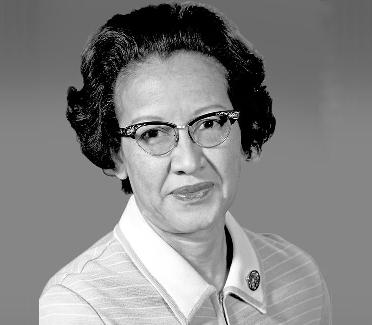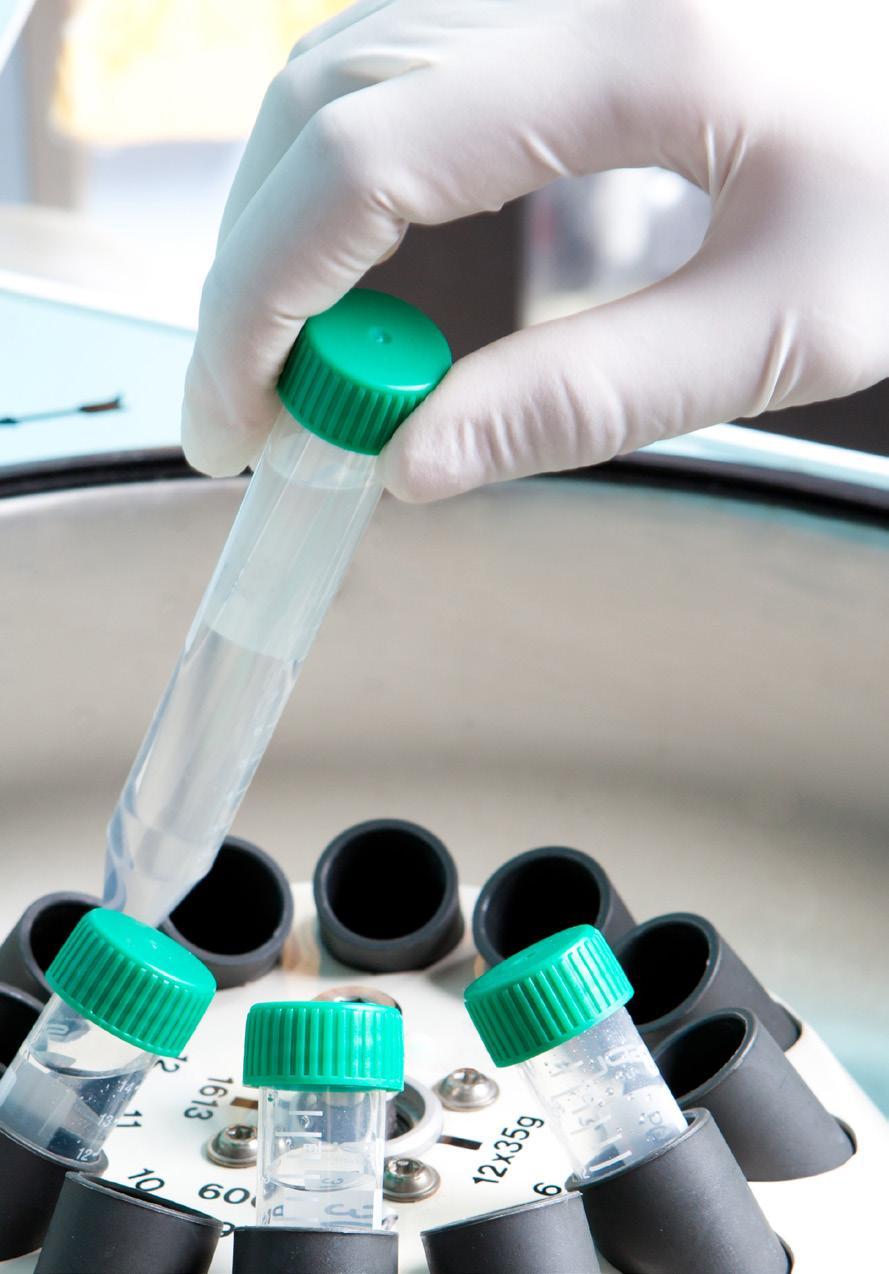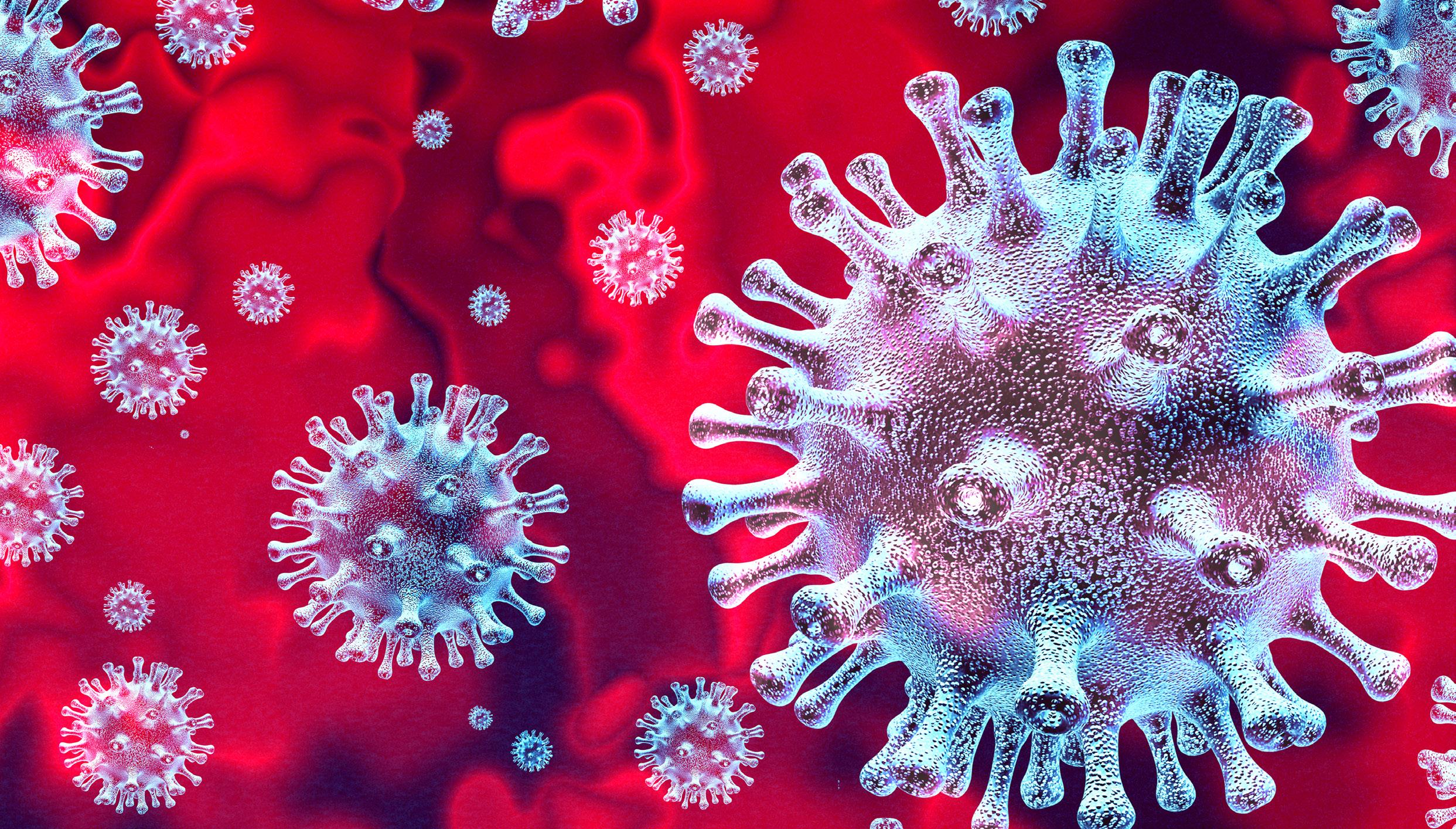
4 minute read
Marie Curie Was Born a Woman
Dolores Garnica
Essayist and journalist. She has worked as a promoter, manager, and communicator. She is a columnist in ITESO’s Magis magazine, and a regular contributor to Luvina, a magazine of the University of Guadalajara. Her first book of essays, “A grey, almost green”, by Editorial Paraíso Perdido, was presented in 2017.
Advertisement
Summary:
Polonium, radium, mobile radiology, the isolation of radioactive isotopes, and the first medical treatments with radiation, among many other discoveries and inventions that transformed physics, chemistry, medicine forever: all this we owe to Maria Salomea Skłodowska-Curie, known to history as Marie Curie (Poland, 1867–France, 1934), the scientist whose legacy still moves through science like a female icebreaker.
Maria Salomea SKlodowska
When a Russian inspector visited the school of the young Maria, in her native Warsaw, the twenty or so pupils concealed their notebooks and pulled out their embroidery. They did so because it was forbidden to study Polish history or literature, owing to the invasion by the Russian empire, but also because it was unseemly that girls should study at all. Thus did the little girl learn, as others like her, for hundreds of years, since the beginning of history ―with some few exceptions, such as Marie Curie herself― that certain interests and passions, such as study or even reading, could be practiced only in hiding.
Maria Skłodowska and her sister spent their first years at the “Floating University” in Poland, a system of clandestine studies that required graduate to pay for their education by giving classes to the less fortunate. “I have behaved well. I almost never mention of subject of higher education for women. In general I observe the decorum in my conversation that would be expected of someone in my position,” she wrote to her sisters when she was working as a teacher to save money and continue her studies outside of Poland. It was not until 1891 that she was able to travel to Paris, a sort of utopia that also turned out to be an iceberg.

NOTHING IN LIFE IS TO BE FEARED, IT IS ONLY TO BE UNDERSTOOD
The First “Marie”
In France Maria changed her name to Marie, in a show of newfound freedom. In 1895, of the 776 students in the faculty of sciences of the Université de Paris, only 27 were women. It was also in 1895 that Marie married Pierre Curie, completing a name that would go down in the annals of science: Marie Curie, who in 1903 would be only the second woman in history to earn a doctorate in one of the sciences (the first was Elsa Neumann, in Berlin, just a few years earlier, in 1899); the first woman to occupy a professorship at the Université de Paris; and the first woman to be placed at the head of a laboratory in that institution. Curie was also the first woman to be appointed to the faculty of the École Normale Supérieure and to be awarded the Davy Medal of the Royal Society in Great Britain, although she was not invited to deliver an acceptance speech.
Marie Curie was the first woman to be awarded a Nobel Prize (in physics), in 1903, followed by a second in chemistry in 1911. Although the Swedish Academy intended originally to honor only Pierre Curie and his colleague Henri Becquerel for the Nobel in 1903, Pierre threatened not to travel to Stockholm to receive the award unless it was awarded to Marie as well. Finally, Marie Curie was the first woman to be entombed (on her own merits) in the Pantheon in Paris, formerly reserved for “illustrious men.”
The legacy of the icebreaker
Together with her husband Pierre, Madame Curie continued research into a discovery made shortly before, in 1895, by Wilhelm Conrad Röntgen, while he was experimenting with a Crookes-Hittorf tube and a Ruhmkorff coil. As part of her doctoral thesis, Marie undertook to study the nature of radiation from uranium salts, in addition to her teaching work and raising two children. The research was so promising that her husband decided to abandon his ramshackle shed, which had formerly served as the university’s dissecting room, polonium and radium were discovered in 1898.
Thanks to these discoveries, we have accurate diagnoses by means of tomography and X-rays, radiotherapy, nuclear medicine, sterilization equipment and methods, measurements of thickness, density, and humidity, gammagraphy, and industrial radiography, not to speak of body scanning in airports, smoke detectors, Carbon-14 analysis, and many other uses in agriculture and in the other sciences. Between 1898 and 1902, the Curies published findings from their work on more than thirty occasions, including studies of the potential use
own work and join her in the laboratory. In that of radium to cure diseased cells and eliminate tumors. They decided not to patent their discovery of polonium and radium, believing that something they had only discovered did not belong to them. Pierre Curie died in 1906, bringing terrible sadness to the life of our heroine. Strangely enough, the outbreak of the First World War in 1914, served as a spur and encouragement to Marie to continue her scientific work.
During the war, on the ravaged battlefields, it was common to see the coming and going of the Petites Curies, mobile radiology units designed and financed by Marie Curie, which saved thousands of lives. In the midst of war, she had found a heroic means of applying her knowledge in physics and chemistry to improve the treatment offered by field hospitals. Many were surprised at the new vocation of the famous scientist: why would someone want to help in war? But Marie Curie saw no reason for surprise: after all, she had already fought many battles, she had already broken up many icebergs.










